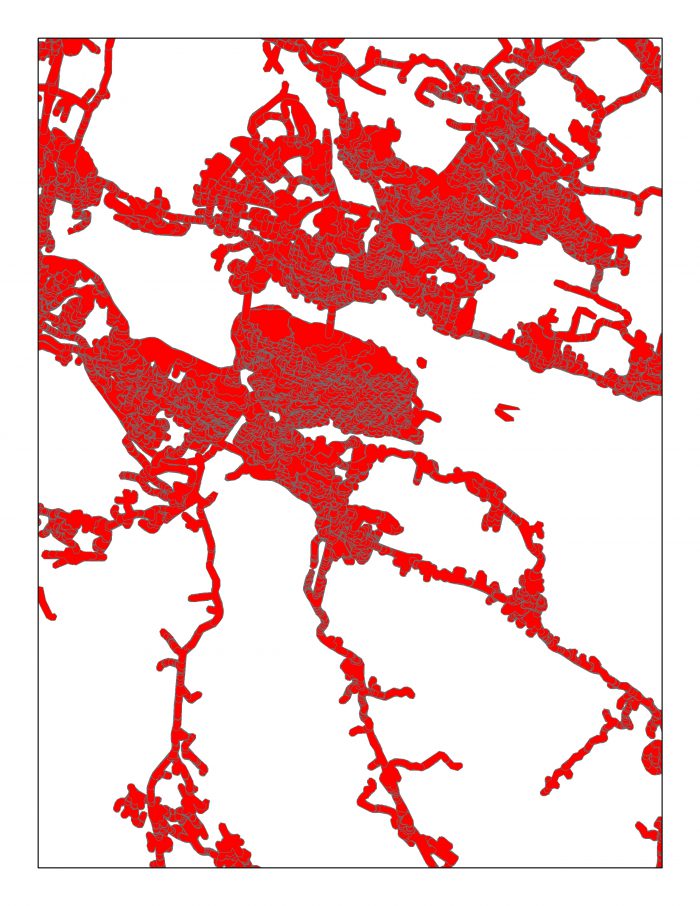Discovering Data for the ActivScore: The Challenges of using Municipally, Provincially, and Federally Managed Data
I’m currently in the midst of my undergraduate honours thesis and have been awoken to the joys of finding accurate and complete datasets. I am working to create a physical activity score for the province of Nova Scotia based on built and natural environment features. Nova Scotia is particularly challenging for this sort of analysis as almost half of the province lives in a rural area, which makes it even more important to quantify the access that residents have the physical activity infrastructure. The purpose of this project is to create a tool (ActivScore) to evaluate the potential for physical activity and active (car-free) transportation in Nova Scotia for each civic address based on characteristics of the built and natural environment. This tool is based on the idea of a ten-minute neighbourhood in which all the services that people need to access should be available within a ten-minute walking distance of their home. I have created 1km (approximately 10-minute walking distance) network-based buffers around every civic address in Nova Scotia. I am now working to create all of the variables that will contribute to an overall suitability analysis score for physical activity potential by civic address and running into quite a few challenges along the way.
The final product will be an online map service (e.g. a website) where users can search for their home or work address and find the associated score. The user would be provided with a single score, as well as a breakdown of how the score was derived. Scores are evidence-based and derived from values for features of the built and natural environment shown to support physical activity. The ActivScore will incorporate the following (proposed) indicators: access to schools, percentage of low speed limit streets, intersection density, percent slope, trail access, access to public transportation, access to recreation centres and gyms, access to parks, length of road, access to beaches, and MIZ (Municipal Influence Zone) rural vs. urban distinction to value some indicators more for rural areas than urban.
Many of the indicators that will be used for this score are using data that is not centrally managed by any level of government. I am trying to use primarily open data sources so that the score can be kept up after this project by government, non-profits, or groups that don’t have access to the proprietary data that a large institution like Dalhousie has. One of the most important, and most challenging to find pieces has been hiking, biking, and walking trails. A community physical activity survey sent to municipalities all across Nova Scotia with a few thousand respondents found that trails were one of the most highly desired and used pieces of infrastructure for physical activity. Throughout my literature search this had also been one of the most crucial pieces of infrastructure that was identified. Despite the evident importance of trails, the province of Nova Scotia has no data on all the trails on Nova Scotia, the Halifax Regional Municipality is the only municipality that has trails data, and Open Data Canada has trails that are missing quite a few well-known trails.
Other indicators that I am working on like access to public transportation require reaching out to various municipalities across the province including the town of Bridgewater, Cape Breton Regional Municipality, the town of Yarmouth, and others to gain access to their bus stop locations.
In this world full of big data and increasing technology, it is challenging to find accurate, well maintained, and open data sources for many pieces of the built environment in Nova Scotia.

